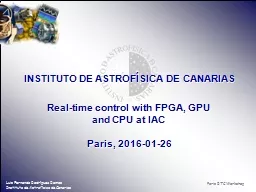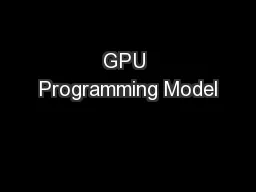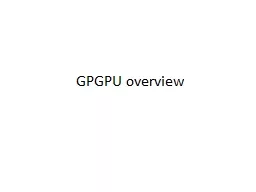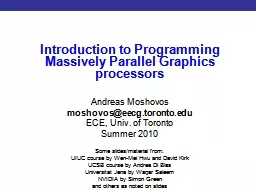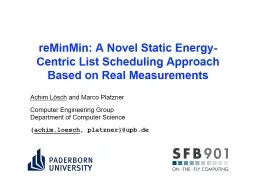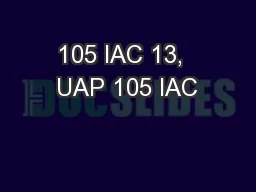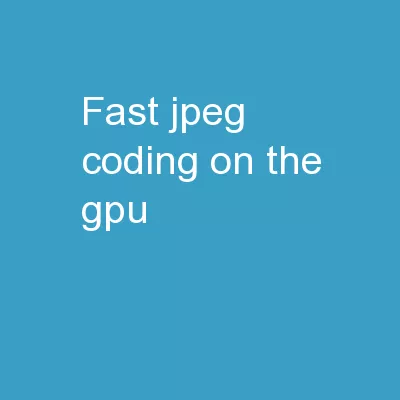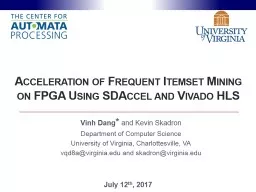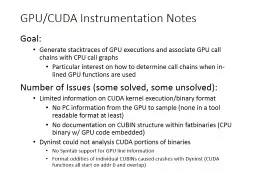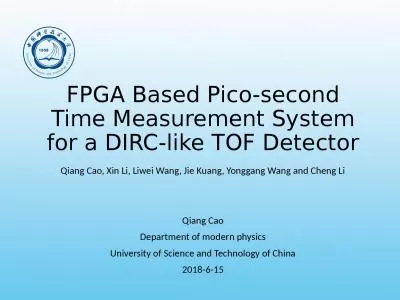PPT-Real-time control with FPGA, GPU and CPU at IAC
Author : jewelupper | Published Date : 2020-08-03
Paris 20160126 2 Contents Introduction Brief review of ongoing IAC Adaptive Optics projects Summary of control technologies used Technologies comparison C onclusions
Presentation Embed Code
Download Presentation
Download Presentation The PPT/PDF document "Real-time control with FPGA, GPU and CPU..." is the property of its rightful owner. Permission is granted to download and print the materials on this website for personal, non-commercial use only, and to display it on your personal computer provided you do not modify the materials and that you retain all copyright notices contained in the materials. By downloading content from our website, you accept the terms of this agreement.
Real-time control with FPGA, GPU and CPU at IAC: Transcript
Download Rules Of Document
"Real-time control with FPGA, GPU and CPU at IAC"The content belongs to its owner. You may download and print it for personal use, without modification, and keep all copyright notices. By downloading, you agree to these terms.
Related Documents

